Artemis Lunar Mission - production of the main element of the Lunar Gateway lunar orbital station launched
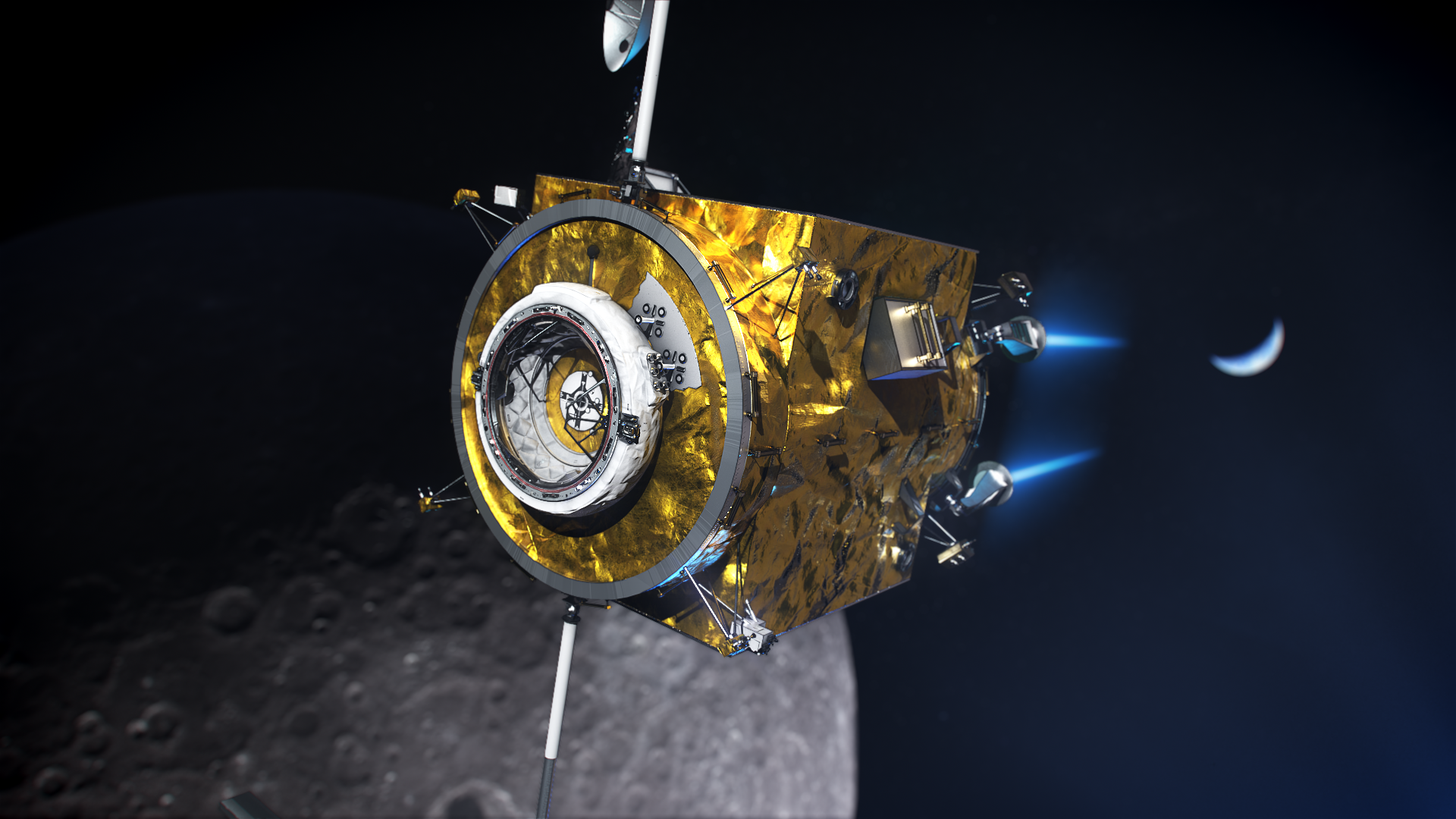
NASA announced the selection of a contractor for the construction of the central unit of the Lunar Gateway lunar orbital station, which will be equipped with the power module The power and propulsion element (an ionic electrostatic electric rocket engine with a power of 50 kW, which is three times higher than existing analogues).
In continuation of this publication: The full plan of the new NASA lunar program "Artemis" (Artemis).
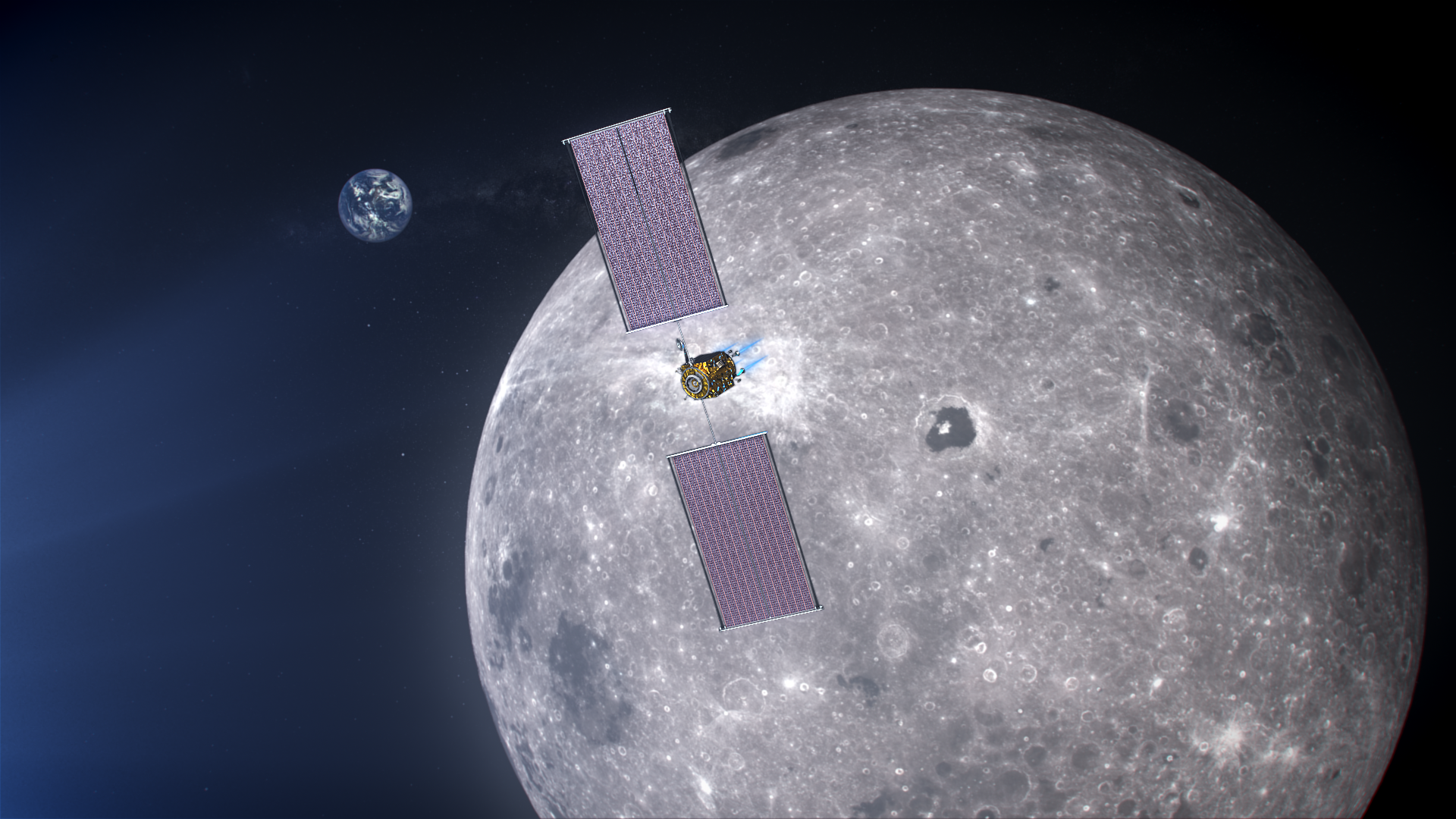
On May 23, 2019, NASA announced that they had begun implementing the Artemis lunar program and took the first step towards its implementation - the development and production of the main module of the lunar part of the Artemis project began, with the help of which they will be provided:
- organization of energy supply and maintenance of the Lunar Gateway station in the orbit of the moon;
- communications and relay radio communications;
- functions of the mobile command center;
- functions of the service module for sending vehicles to the lunar surface from the Lunar Gateway lunar orbital station.
This module will be created by order of NASA by a trusted contractor - Maxar Technologies.
The contract was concluded in the amount of 375 million dollars - the base execution period is 12 months, with the possibility of extension for 26 months onwards.
The design and production of the module should be completed within 12 months, then complex and phased tests will begin both on Earth and in outer space.
After acceptance and commissioning, NASA plans to launch the first full-fledged module of the Lunar Gateway orbital station into lunar orbit in 2022.

Why did they choose such a power plant for the first distant orbital station - an ion electrostatic electric rocket engine with a power plant with a power of 50 kW?
“Solar electric motors are extremely efficient, making them ideal for use in an orbital gateway station,” said Mike Barrett, project manager for NASA's energy systems.
"This system requires much less fuel than traditional chemical systems, which will allow the Lunar Gateway orbital station to move more mass around the moon, including systems for landing on the surface, large living modules and other components necessary for working in orbit."
The constituent elements of the Lunar Gateway orbital station: The
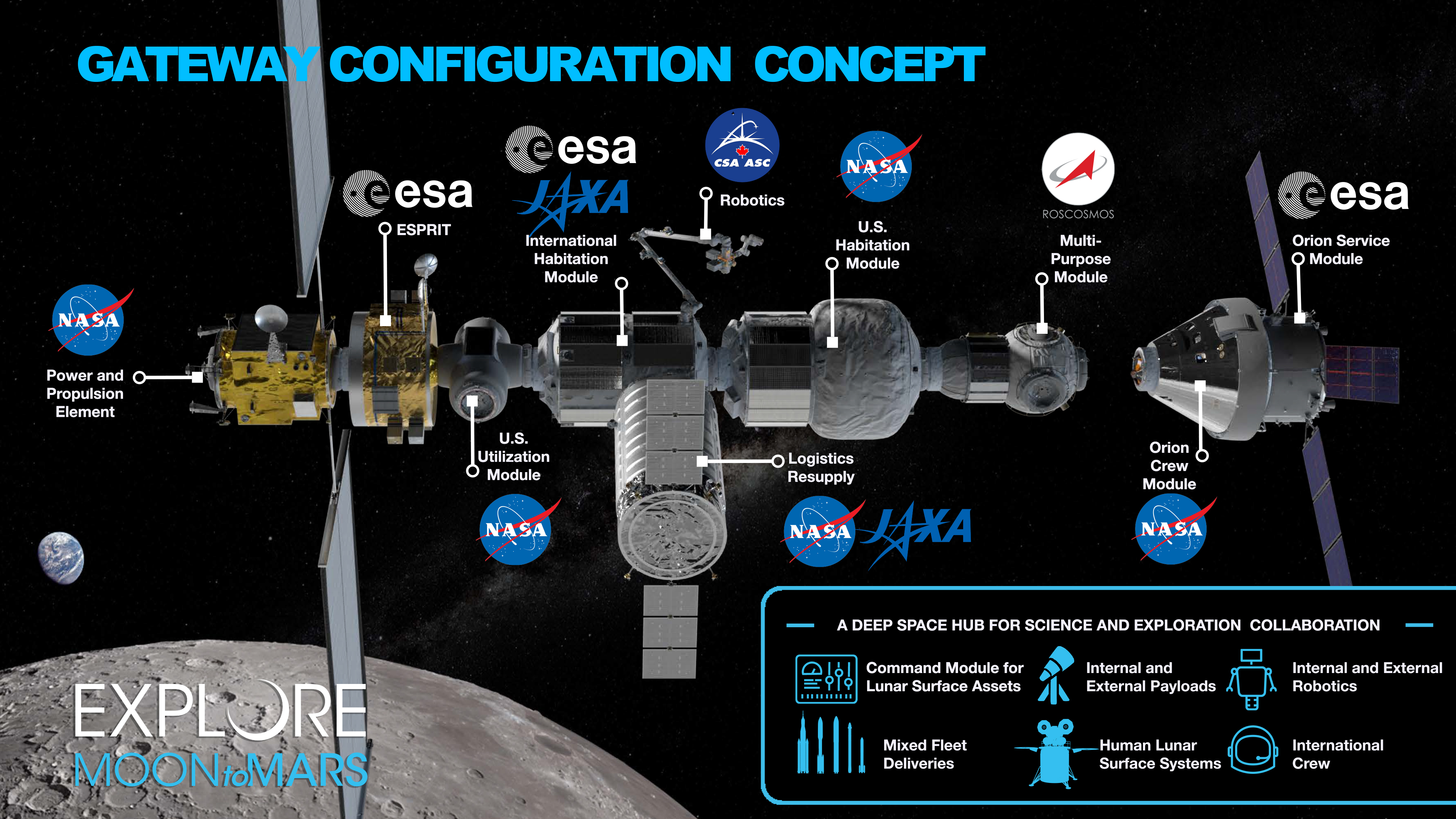
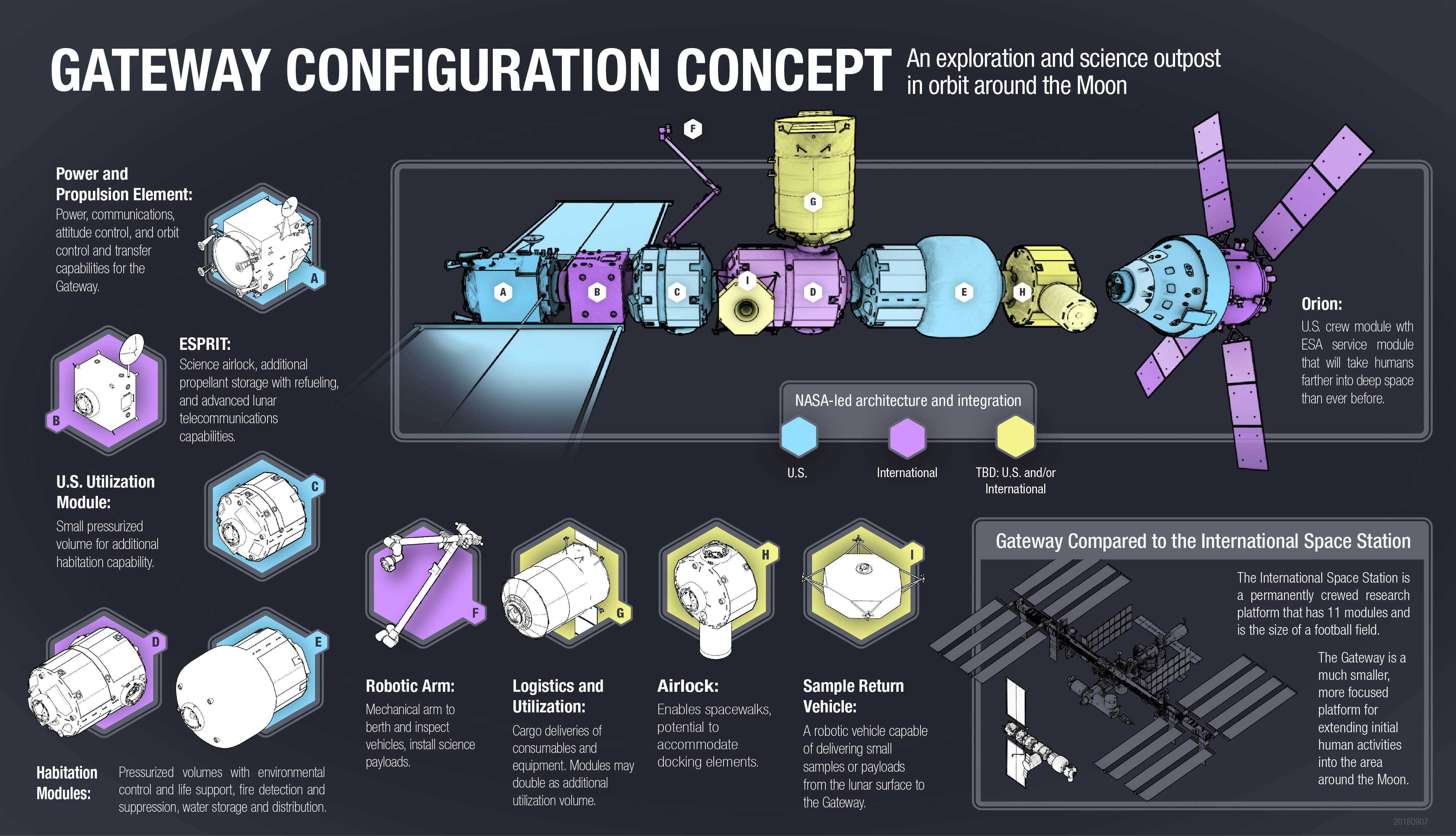
main function of the Lunar Gateway orbital station is to be a gateway to the Moon, and not duplicate the ISS tasks. And the size of the Lunar Gateway is planned to be several times smaller than the ISS:

New slides from NASA about the Artemis lunar mission:
The contractor’s announcement was held at the Florida Tech site:

The first phase of the Artemis mission:
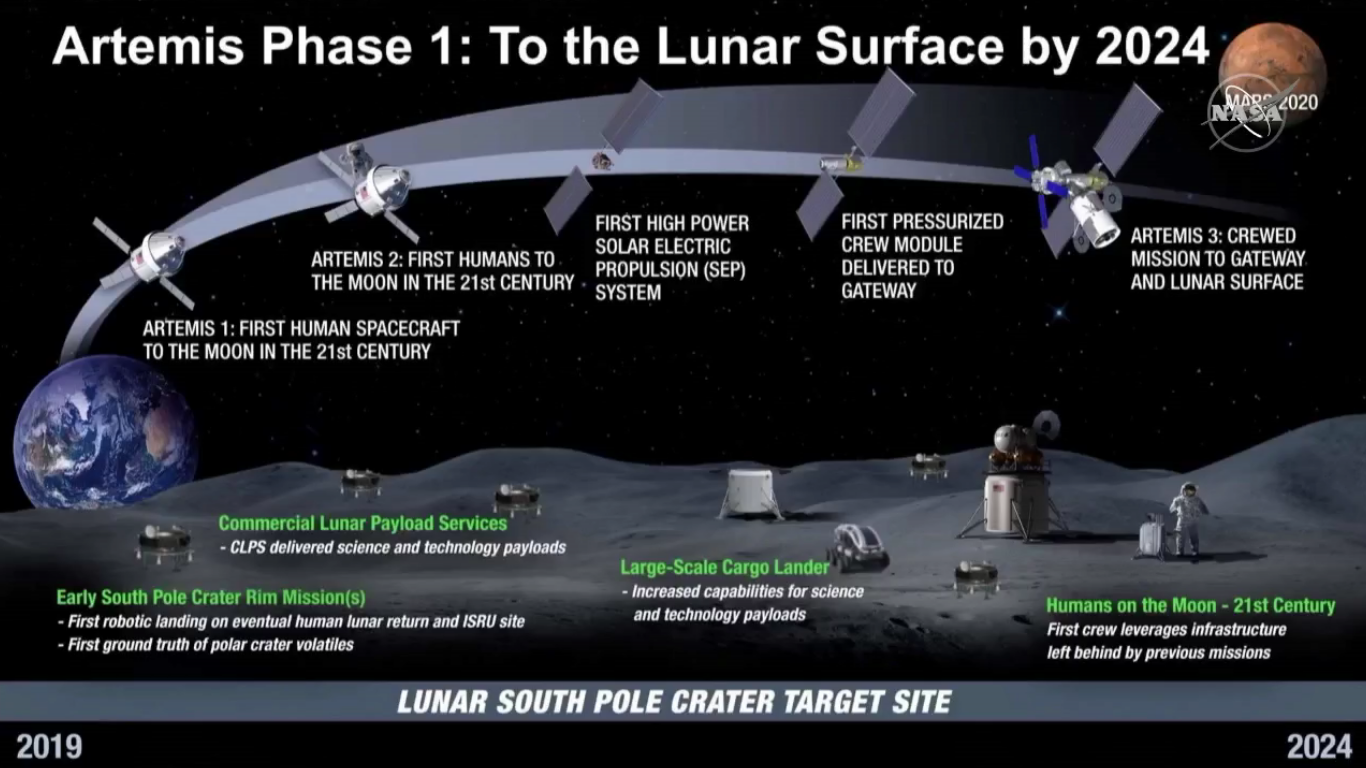
This phase will consist of three phases:

Artemis 1 - implementation in 2020: an unmanned mission is planned as part of this phase, involving a fly around the moon.
Artemis 2 - implementation in 2022: as part of this phase, a manned mission will be launched that will move around the moon.
Artemis-3 - launch in 2024: as part of the third stage, astronauts, including the world's first woman, are expected to be delivered to the surface of the moon.
All three missions will be launched using the world's largest Space Launch System (SLS) launch vehicle, which is currently being developed by Boeing.
On board the launch vehicle will be the Orion spacecraft (Orion), whose primary contractor is Lockheed Martin.
At the moment, stress tests of the Orion descent capsule are underway:
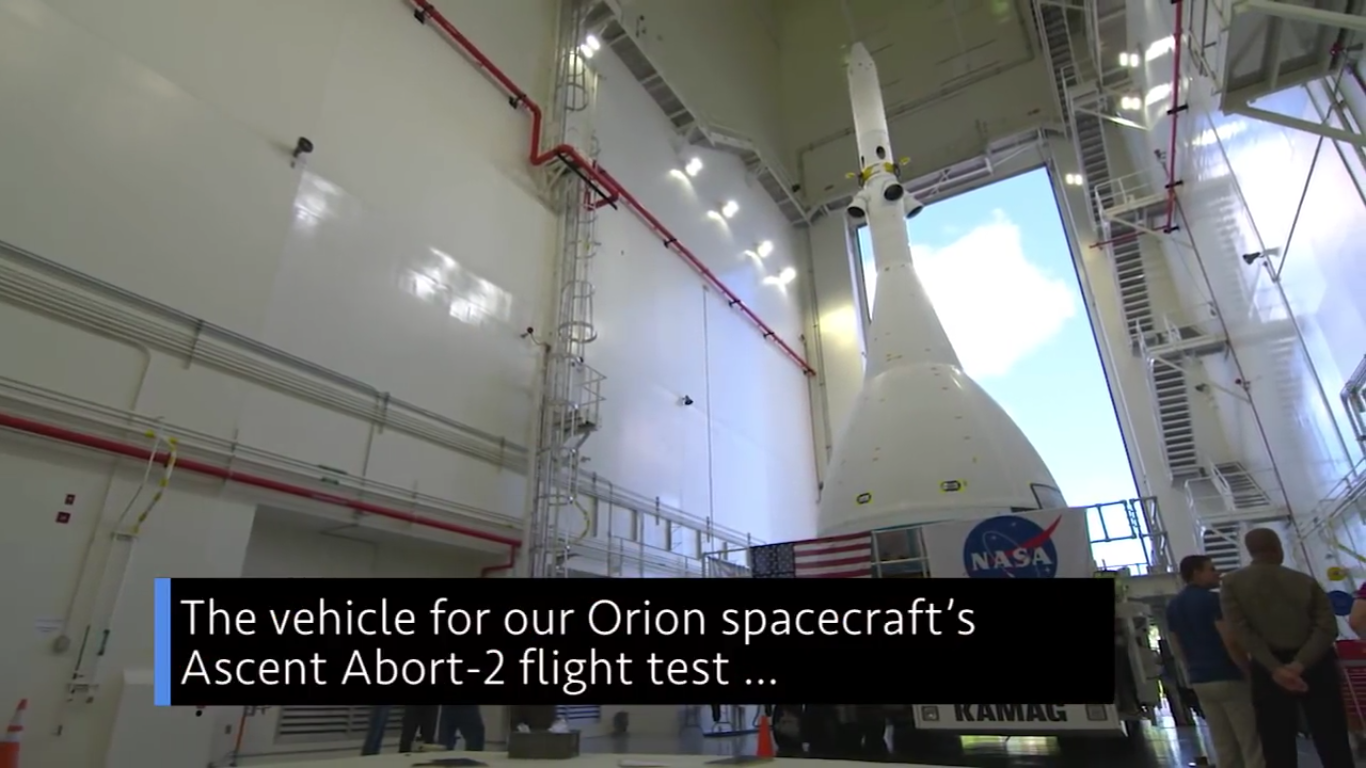

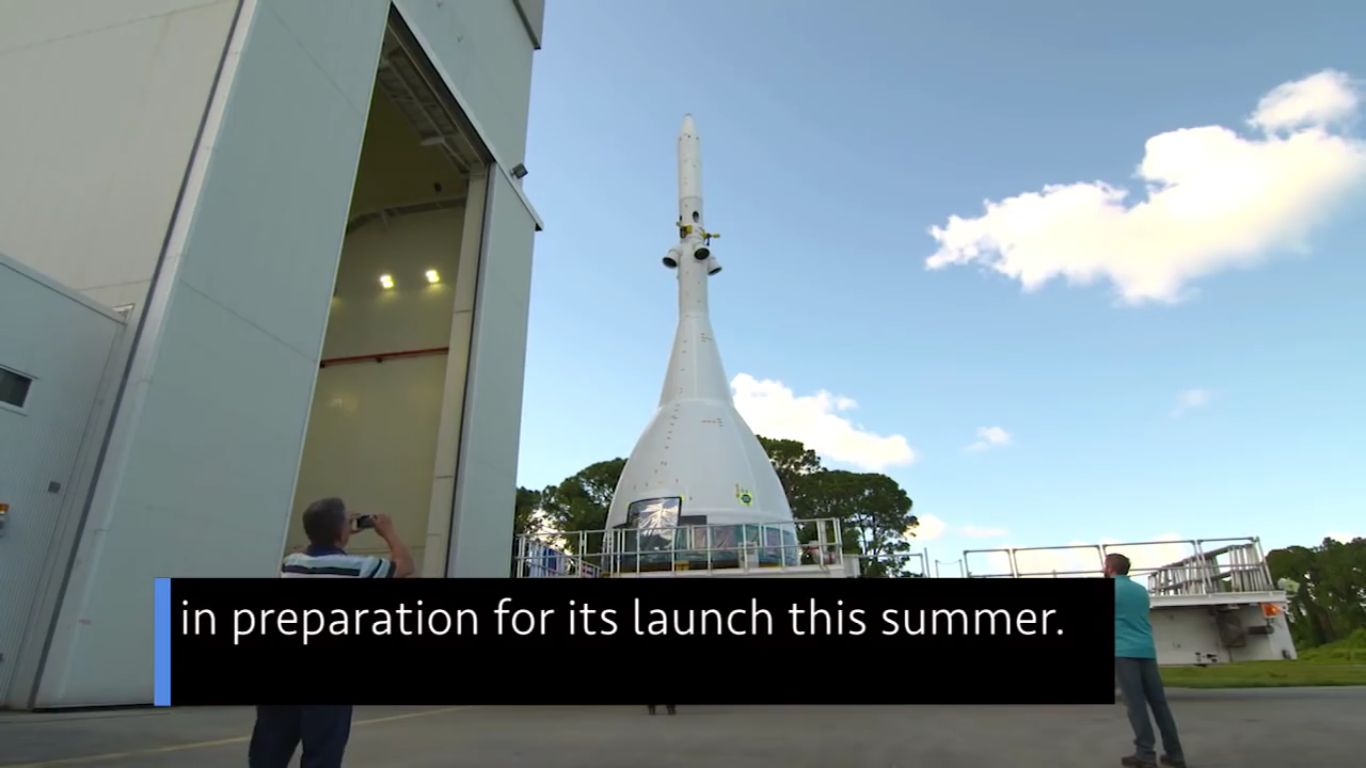
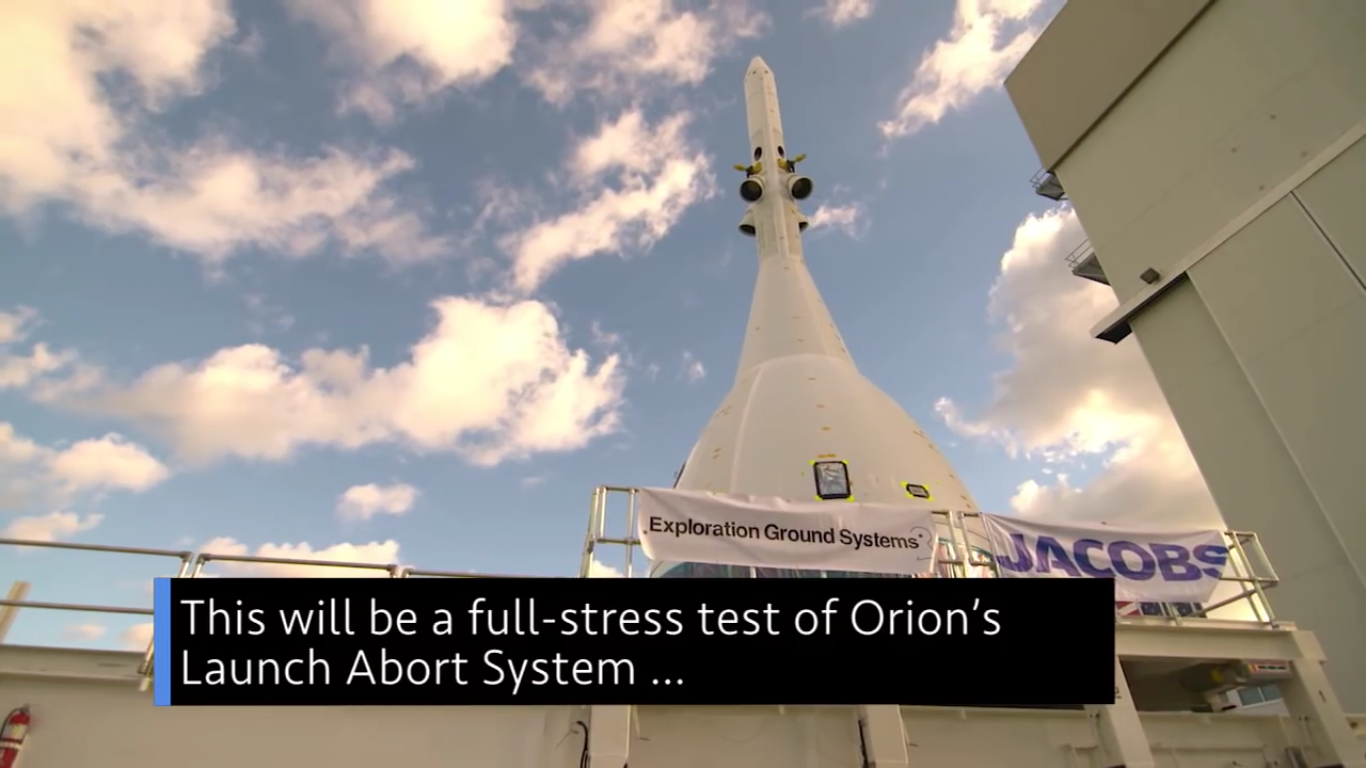





A more detailed flight plan for the first stage of Artemis 1:
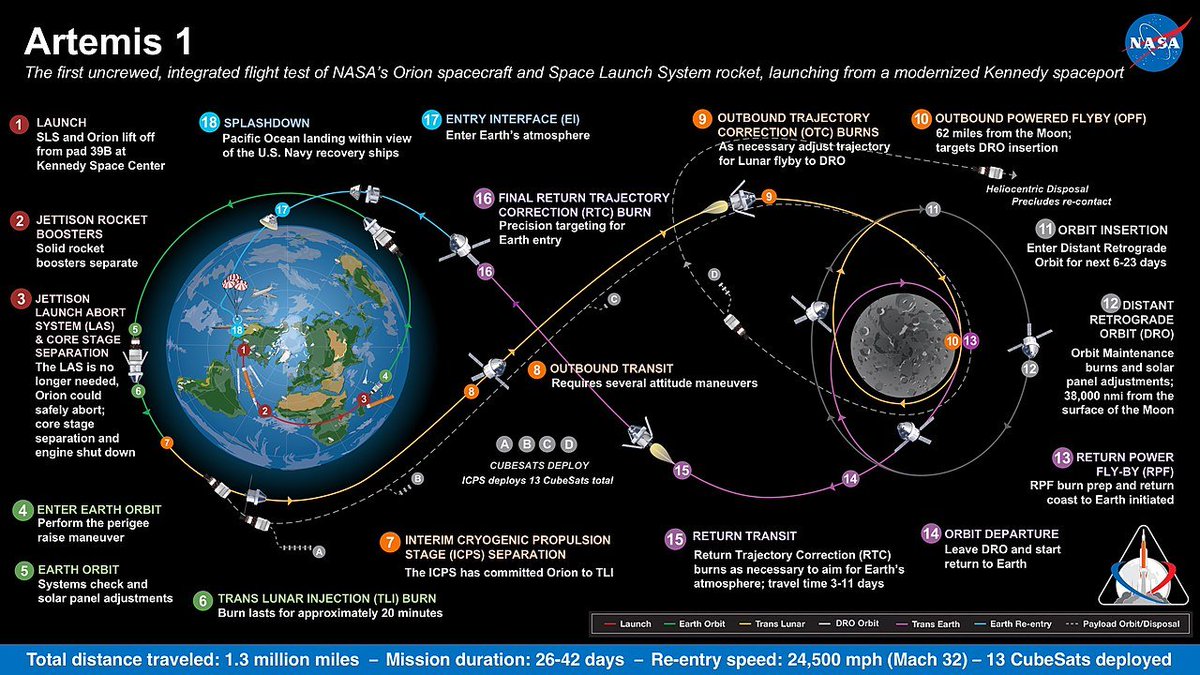
And here is the ten-year plan, which I wrote about earlier here .

The first elements of the Lunar Gateway lunar orbital station:
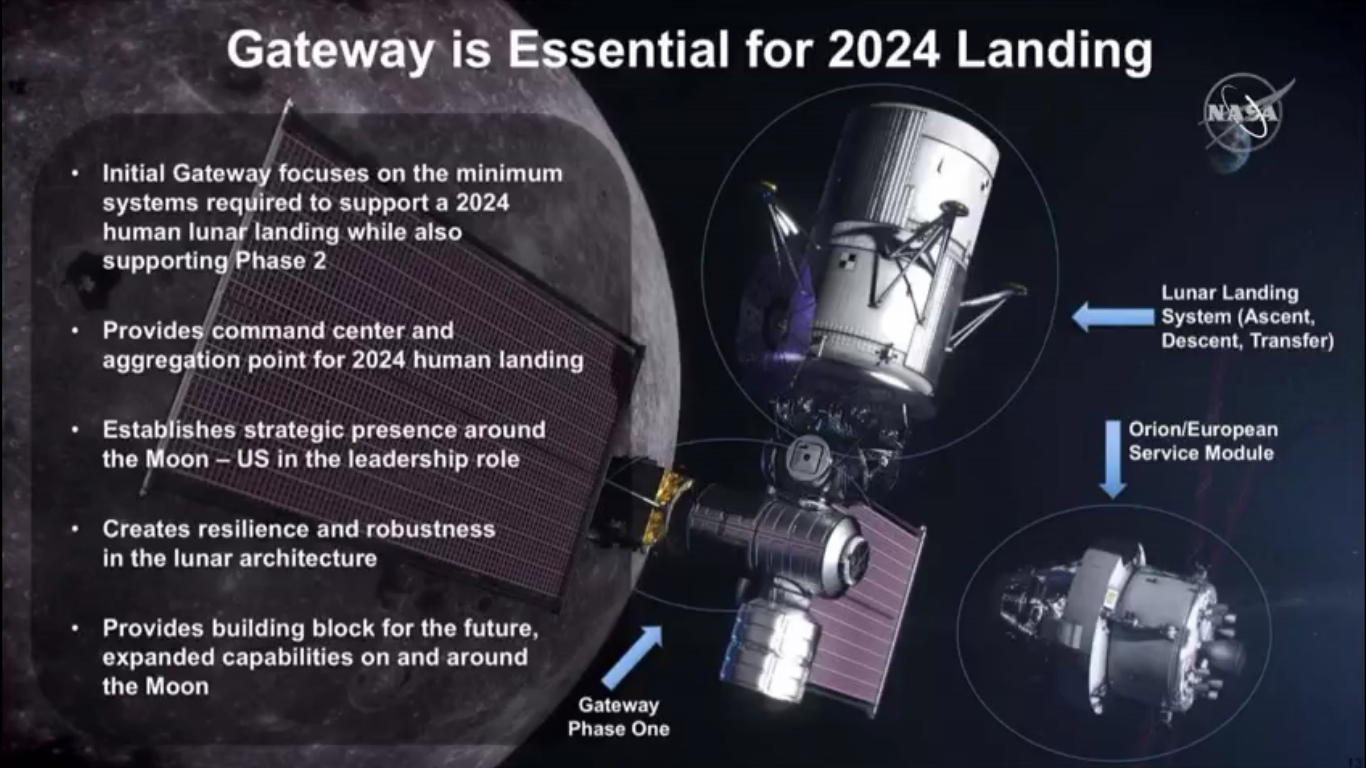
At the first stage, it is planned to put the power block of the orbital station into orbit of the Moon:
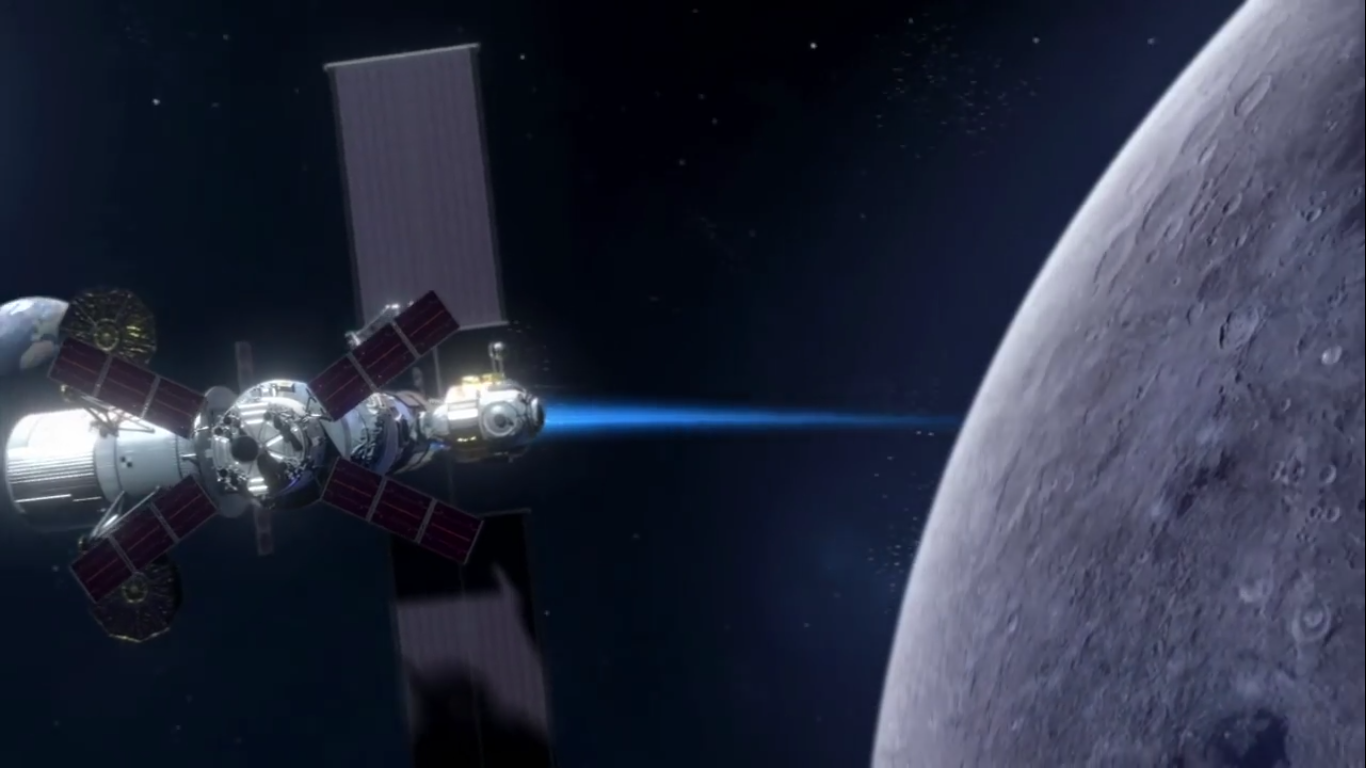

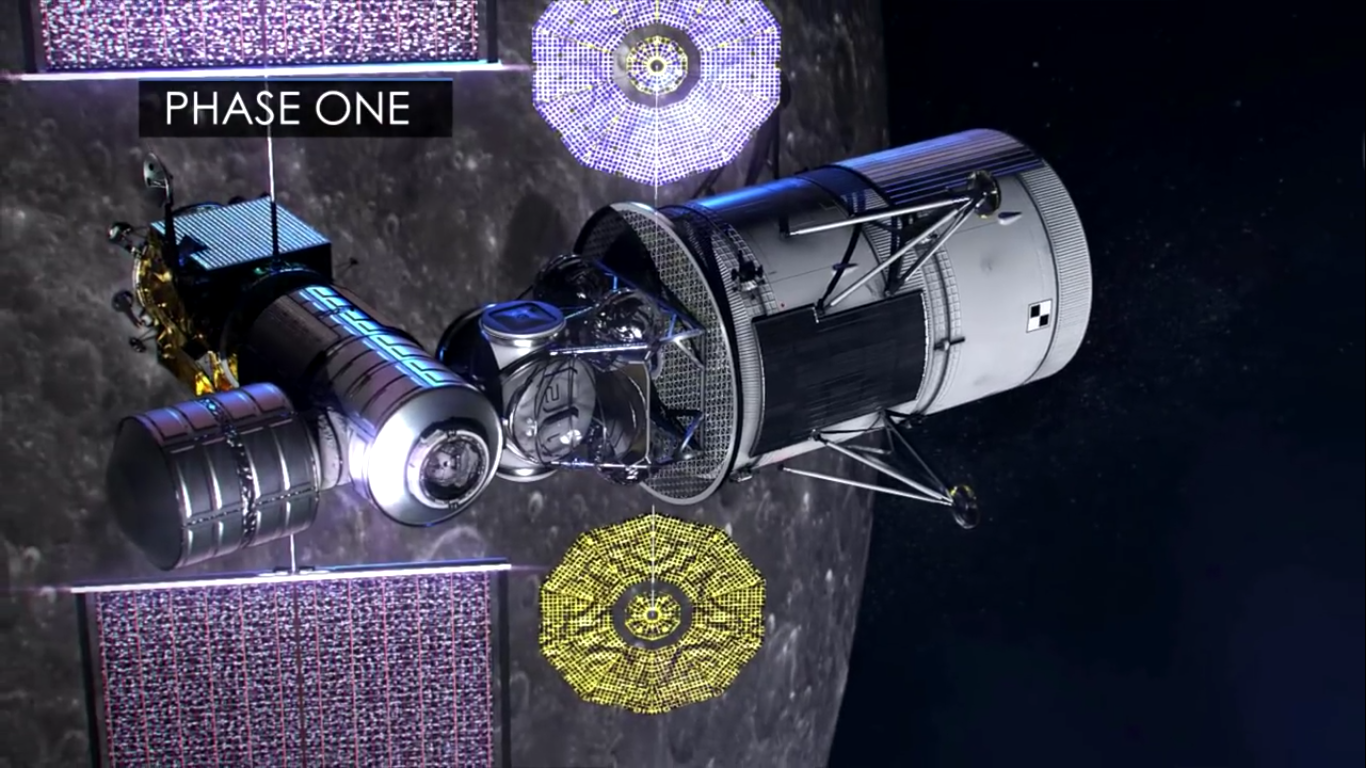
At the second stage, the remaining residential and scientific parts of the station will be assembled:



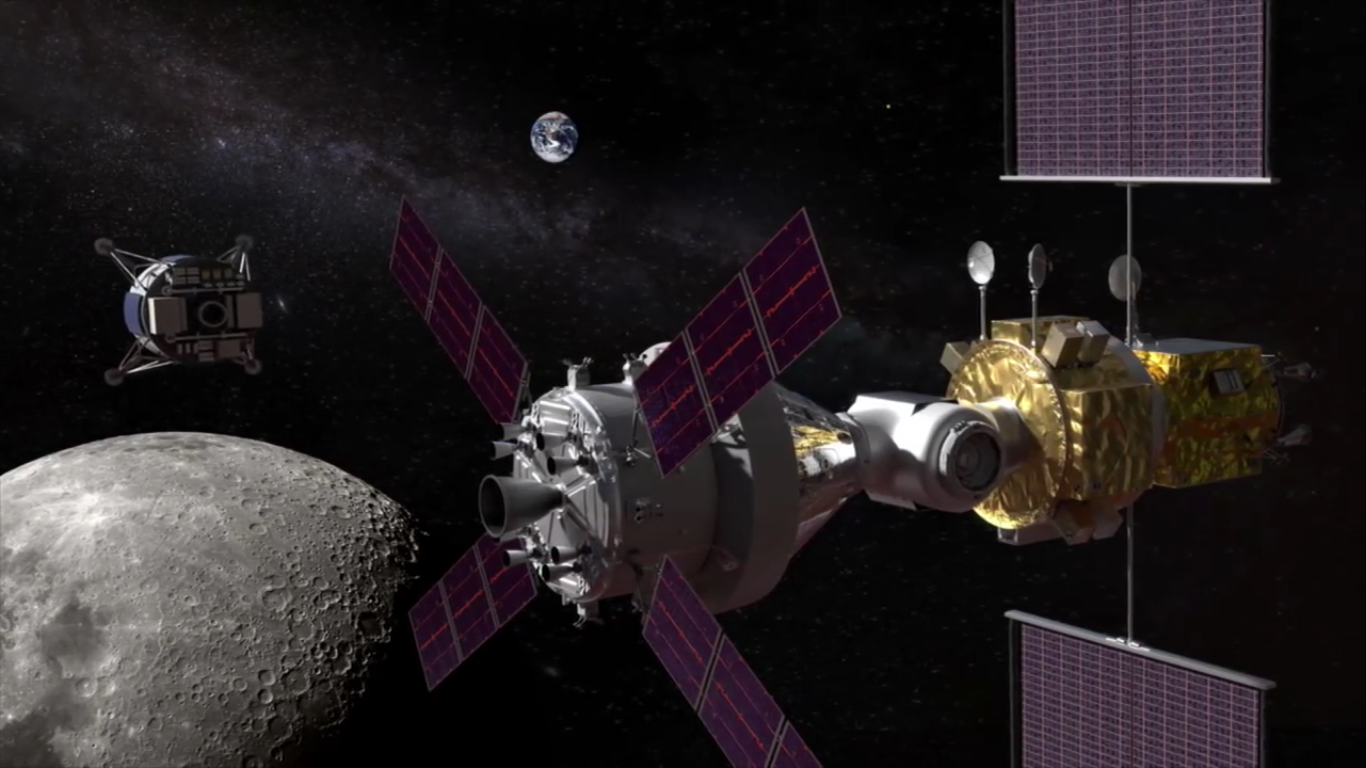
Solar electric propulsion (SEP) - an ionic electrostatic electric rocket engine.
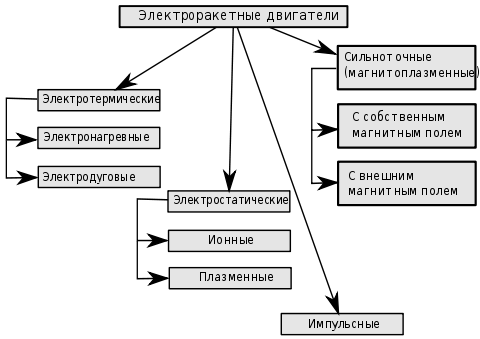
Wiki link .
Link froma description of the technology on the NASA website .


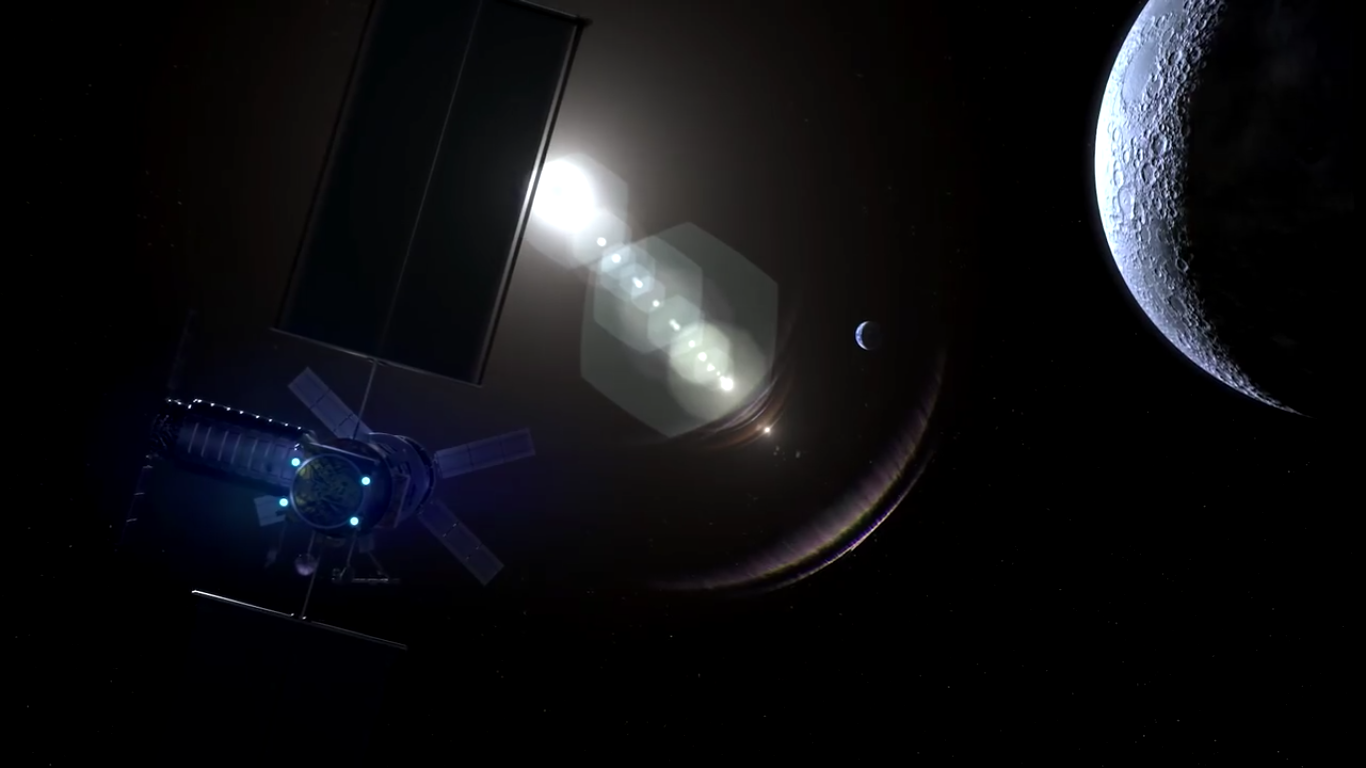
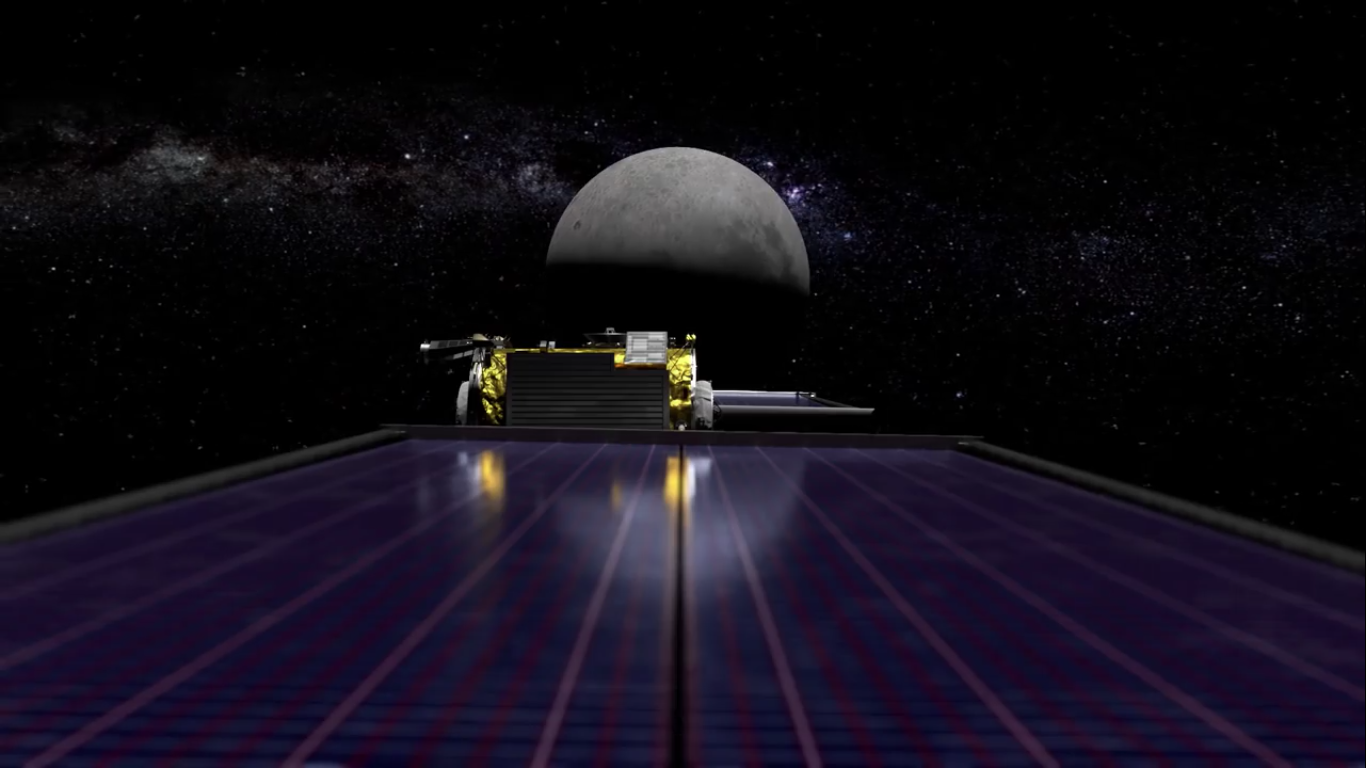
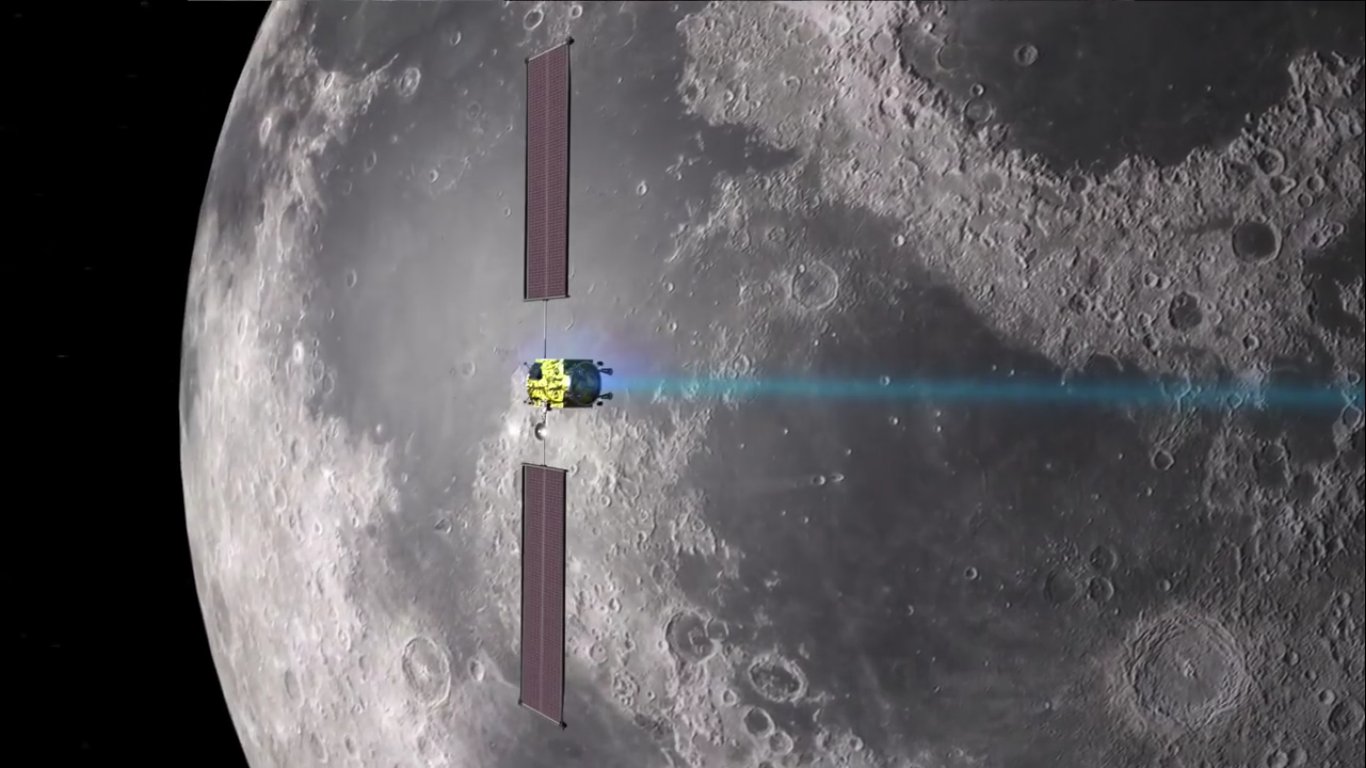

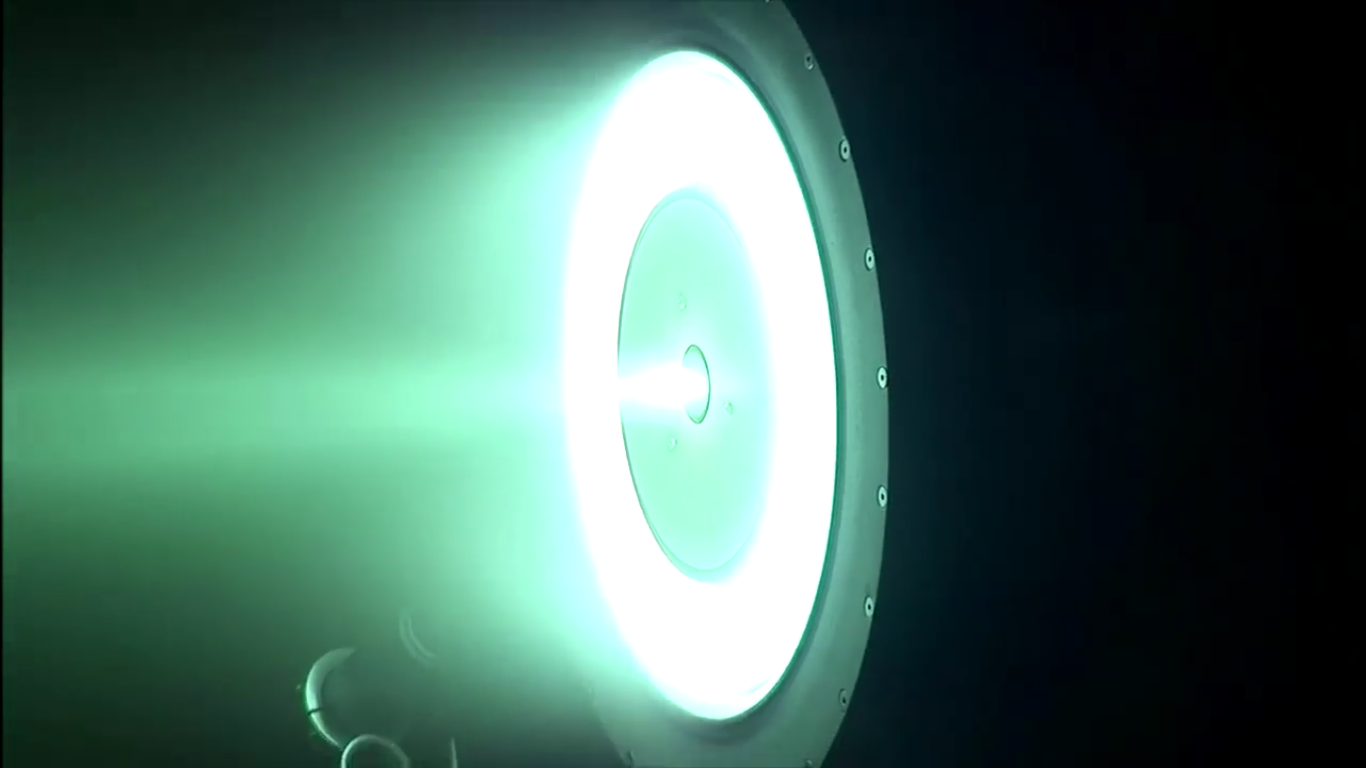
So, observing the staged and parallel development and production of components during the implementation of parts of the project, NASA plans to continue to continue the implementation of the Artemis program with contractors and own forces, and the guys are very determined:

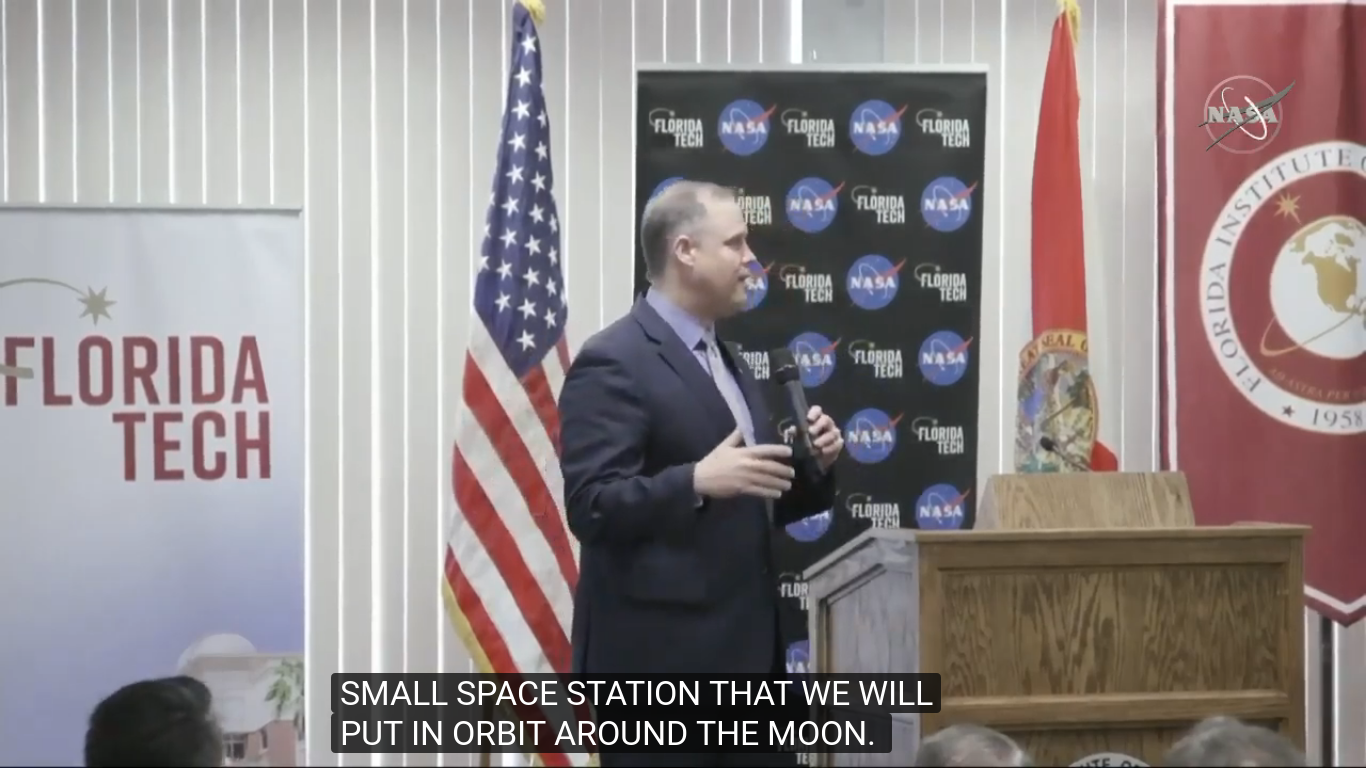
And they are going to use thousands of tons of water at the south pole of the moon :
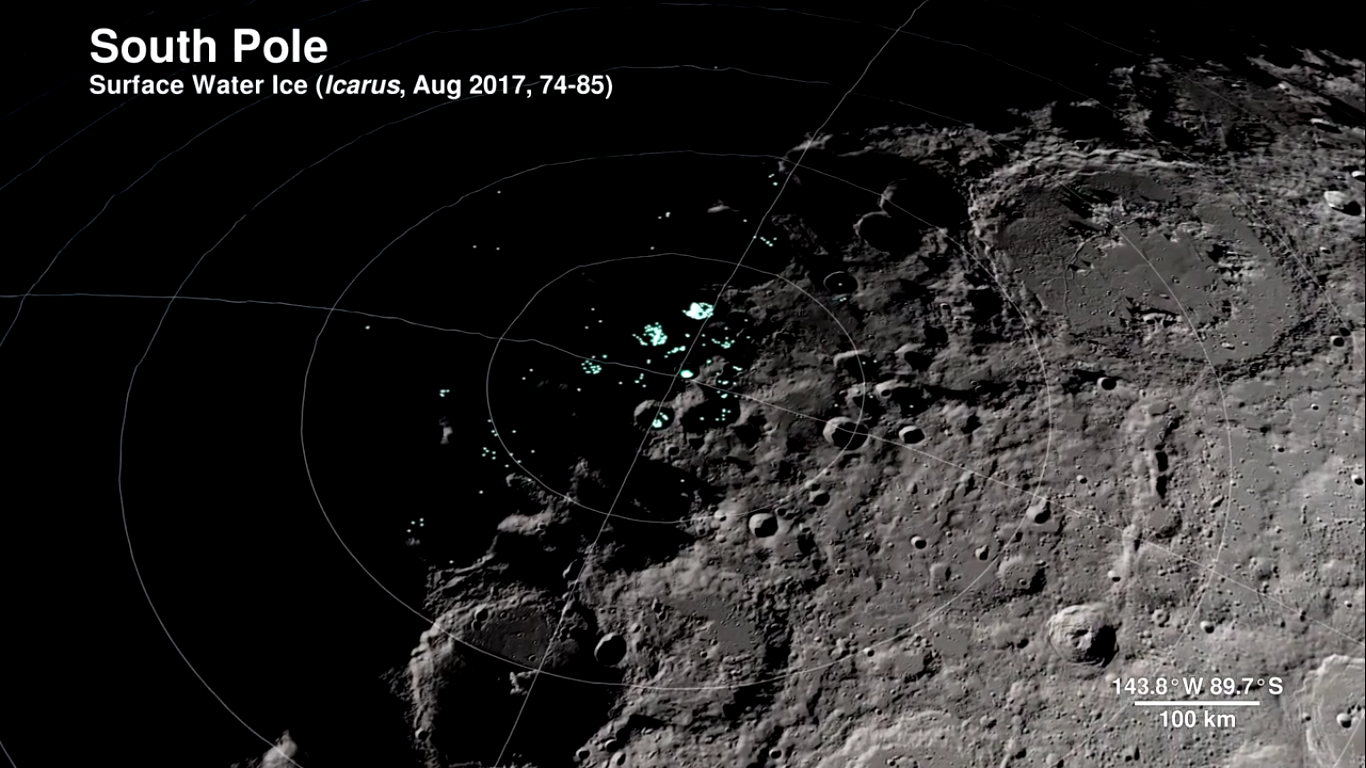
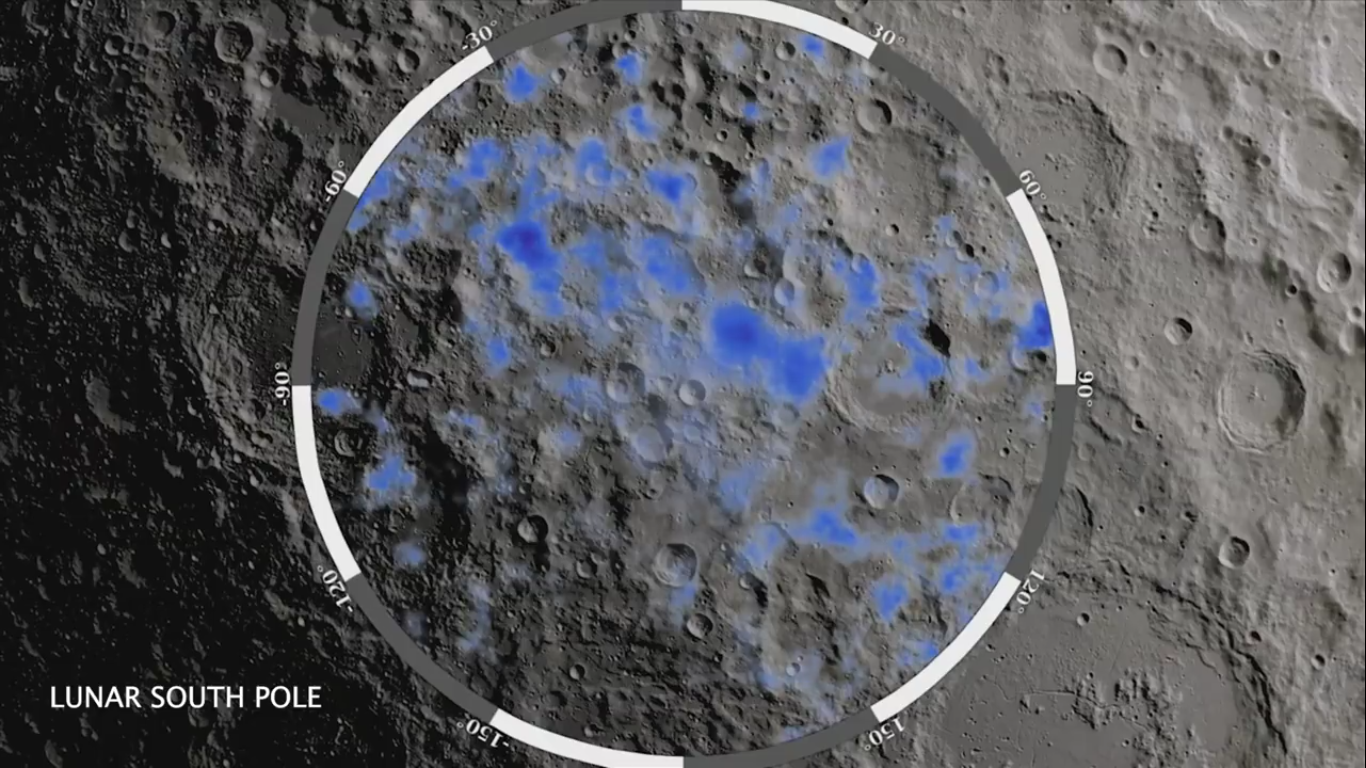
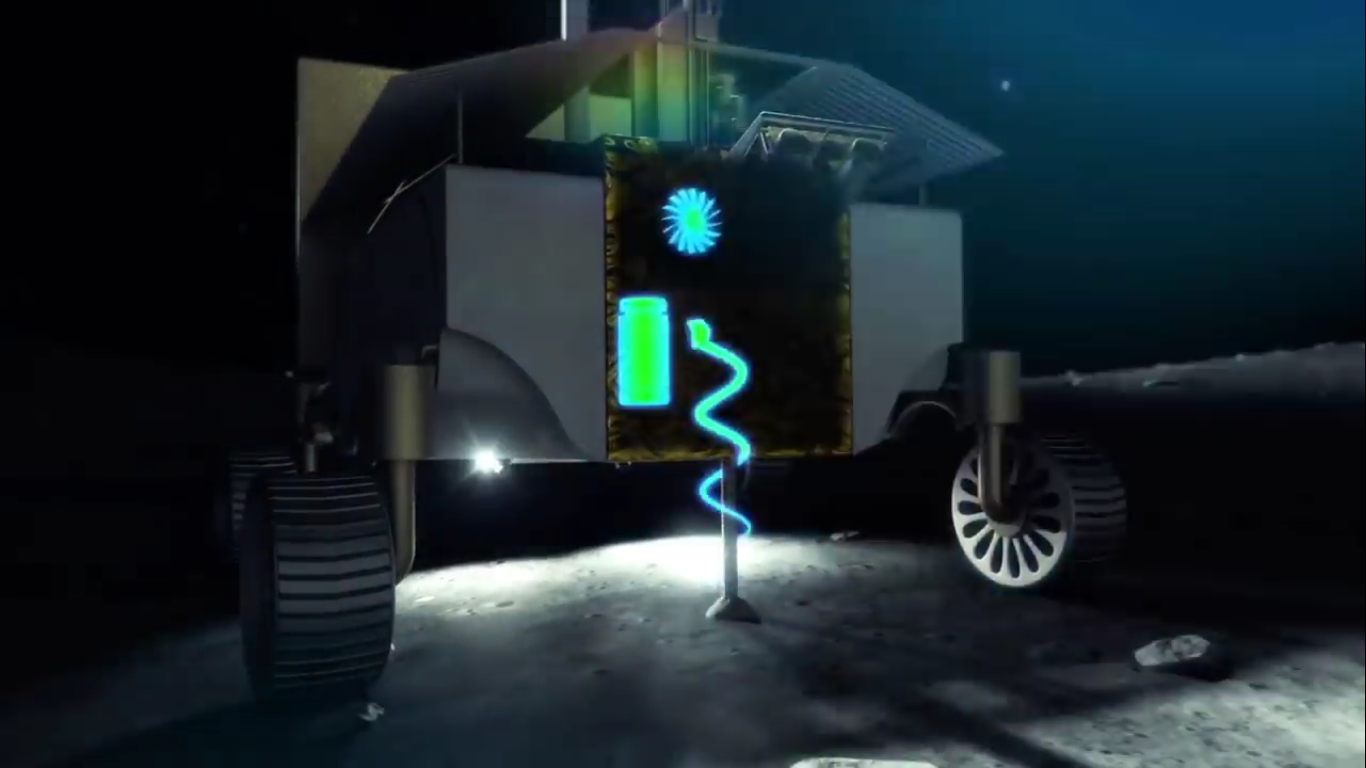
Here is what we can expect on its surface ten years:

And in orbit:
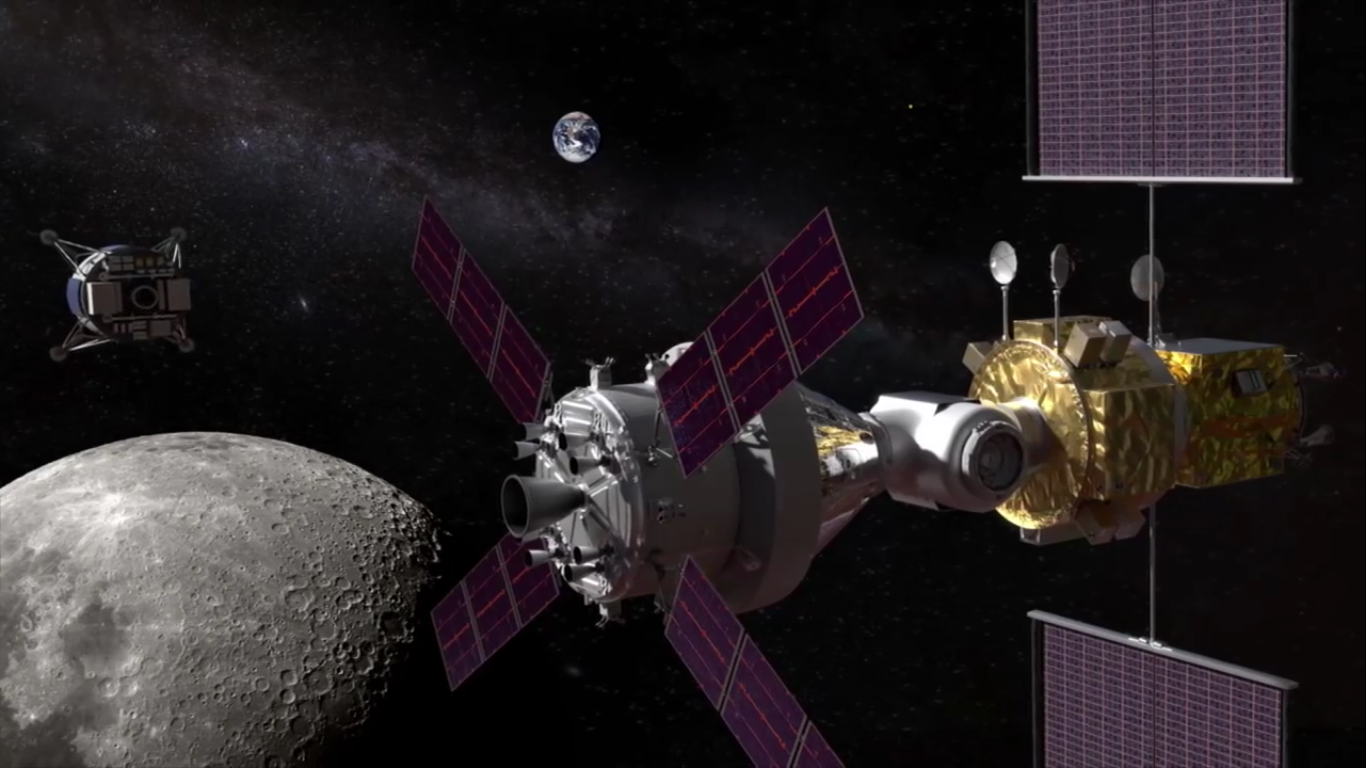
The result:
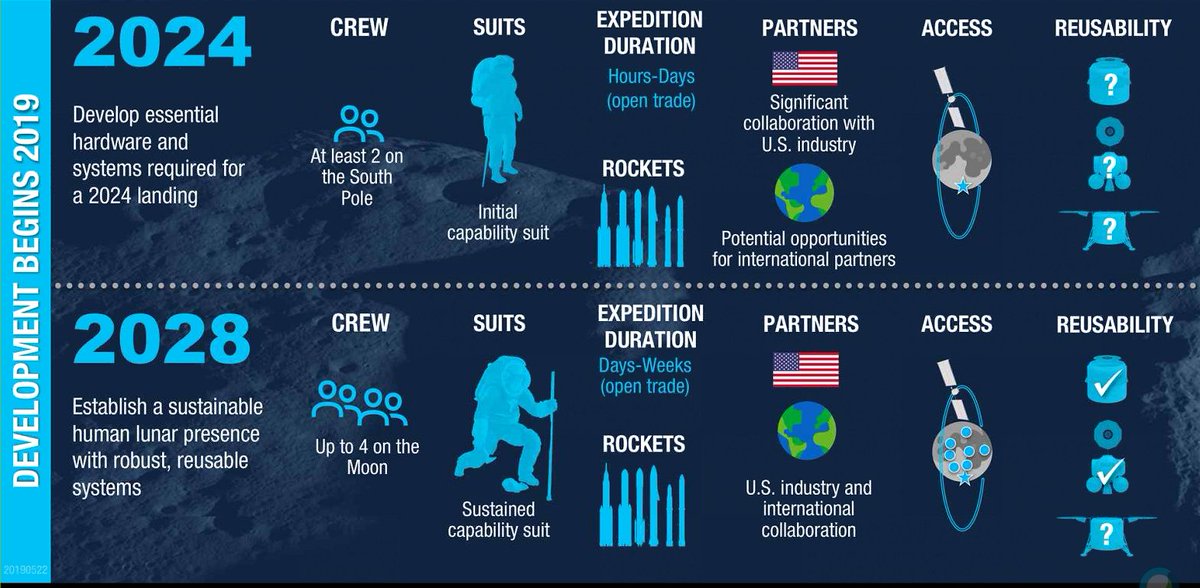
by the way, happy to learn that for the sound of the video was invited by William Shatner (who plays James T. Kirk, sprinkles on the starship "Enterprise" in the TV series "Star Trek" (1966-1969)):
